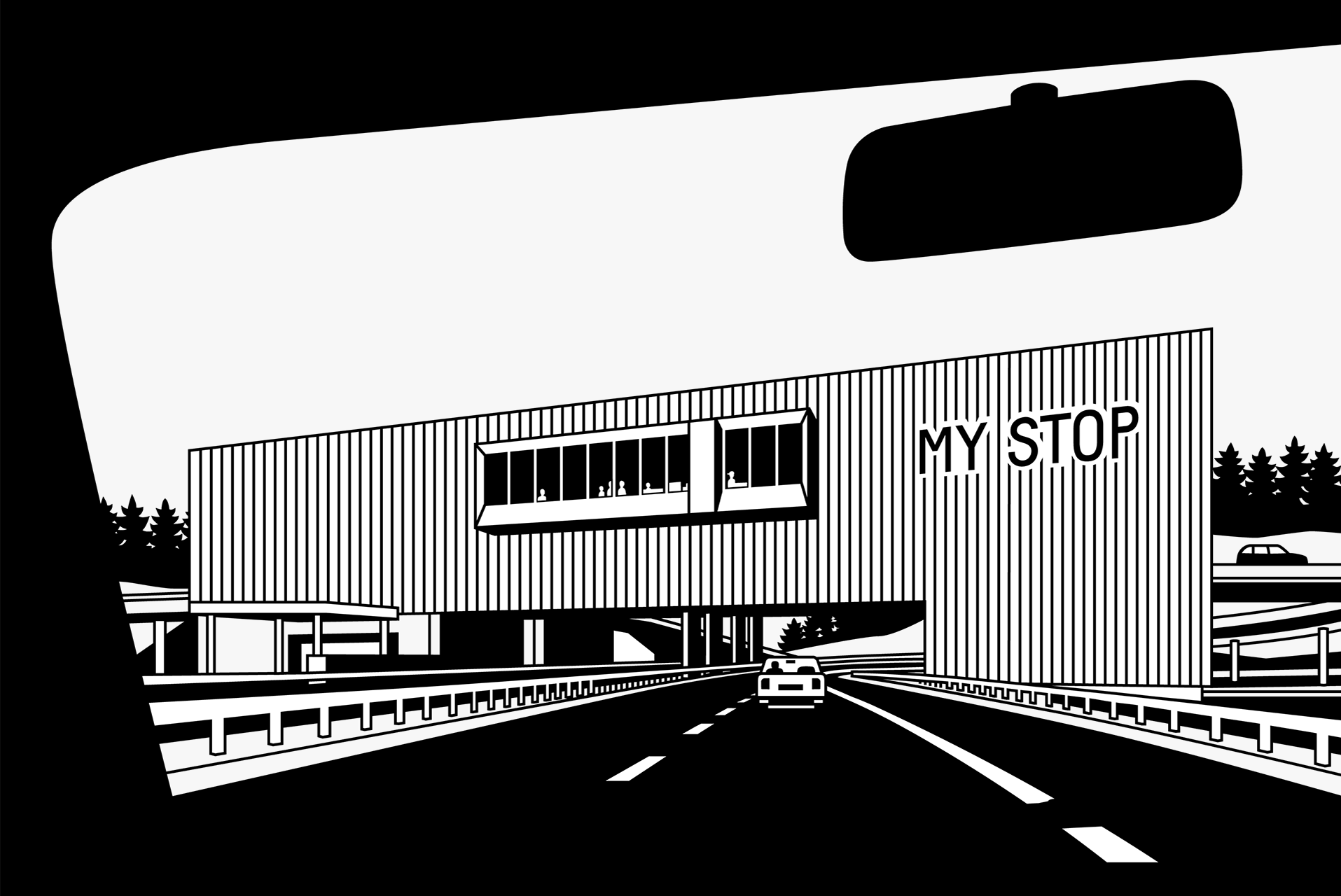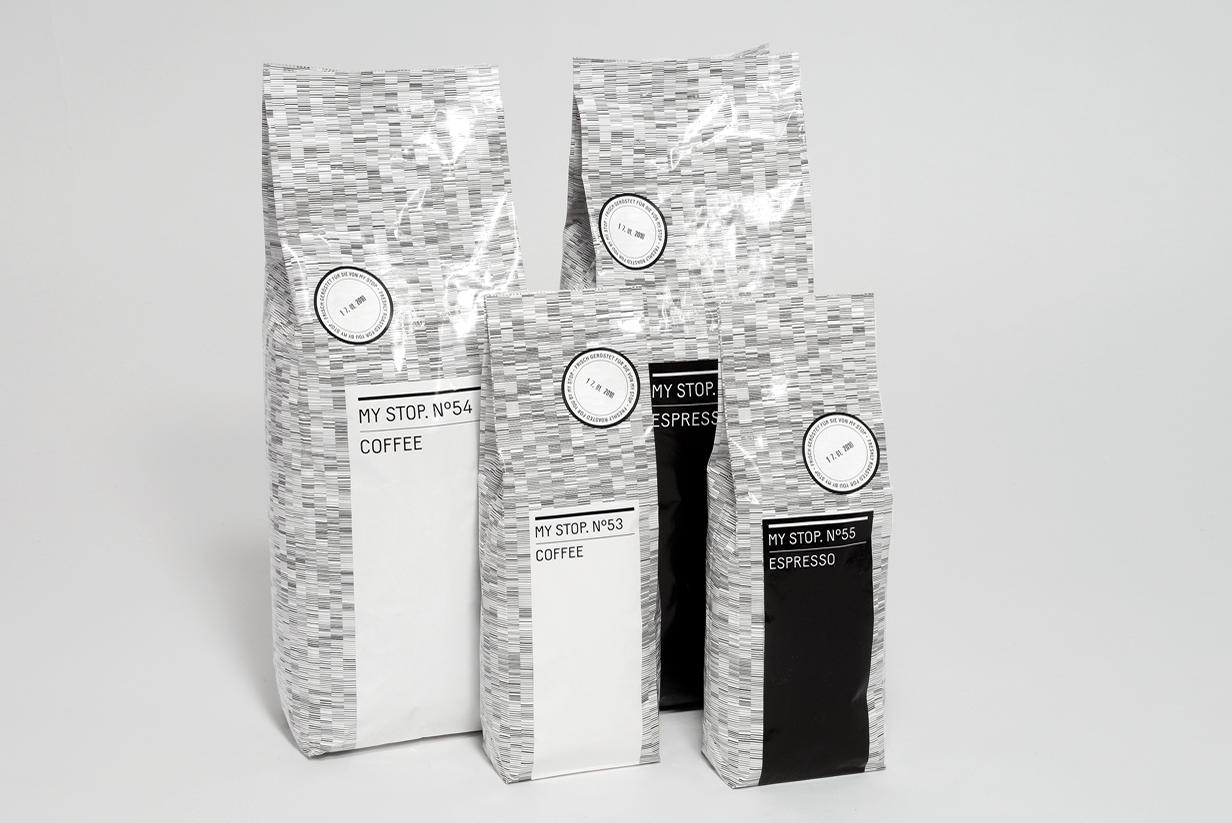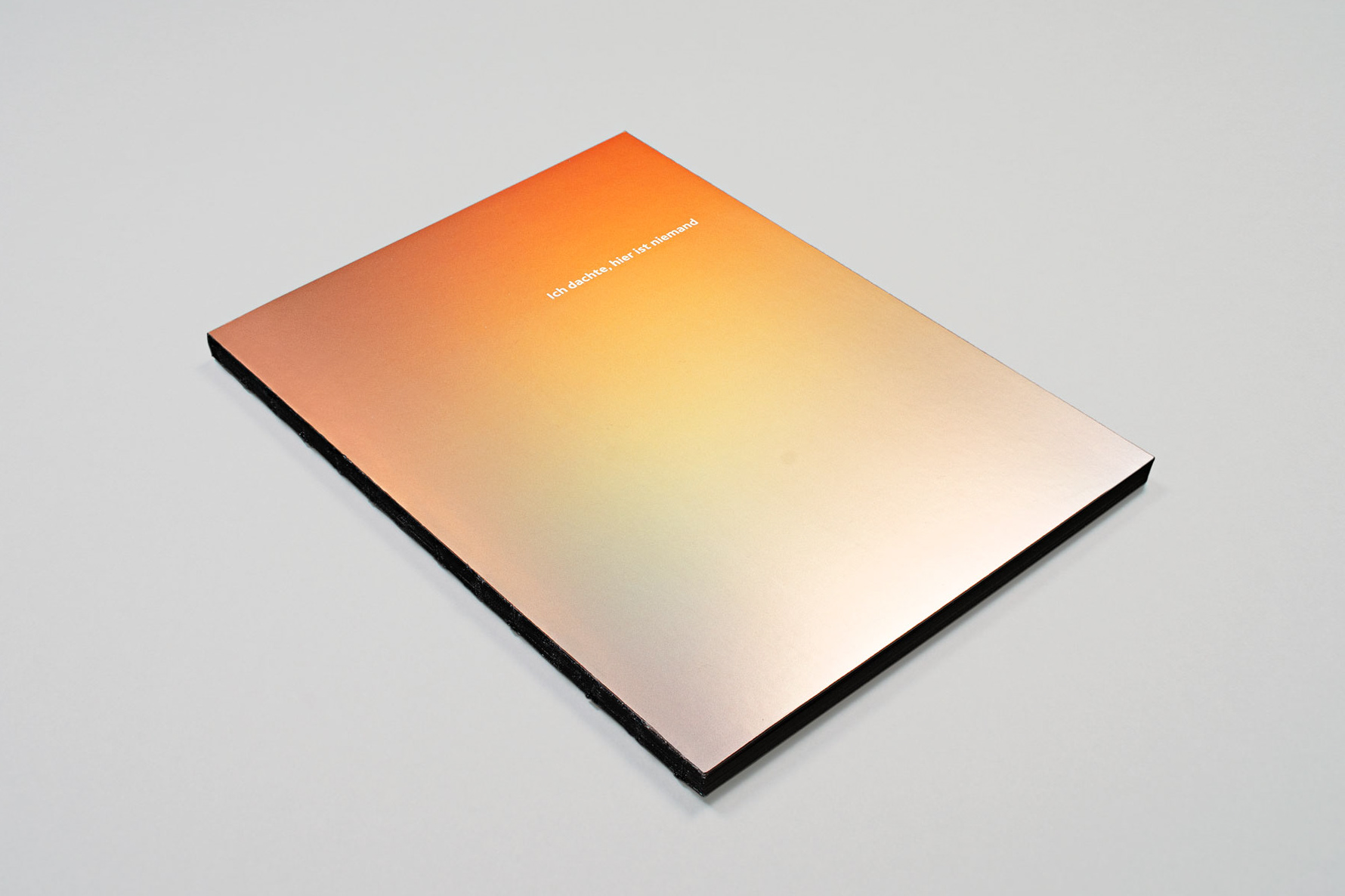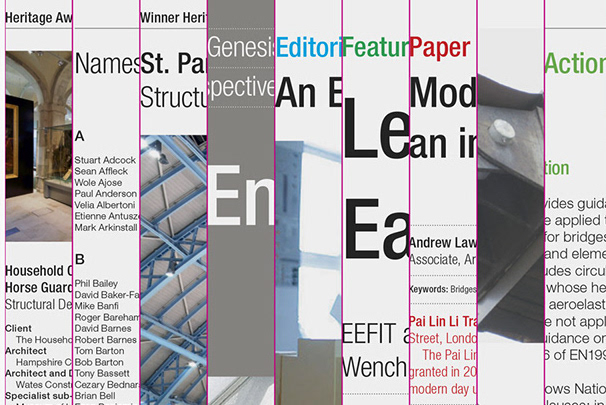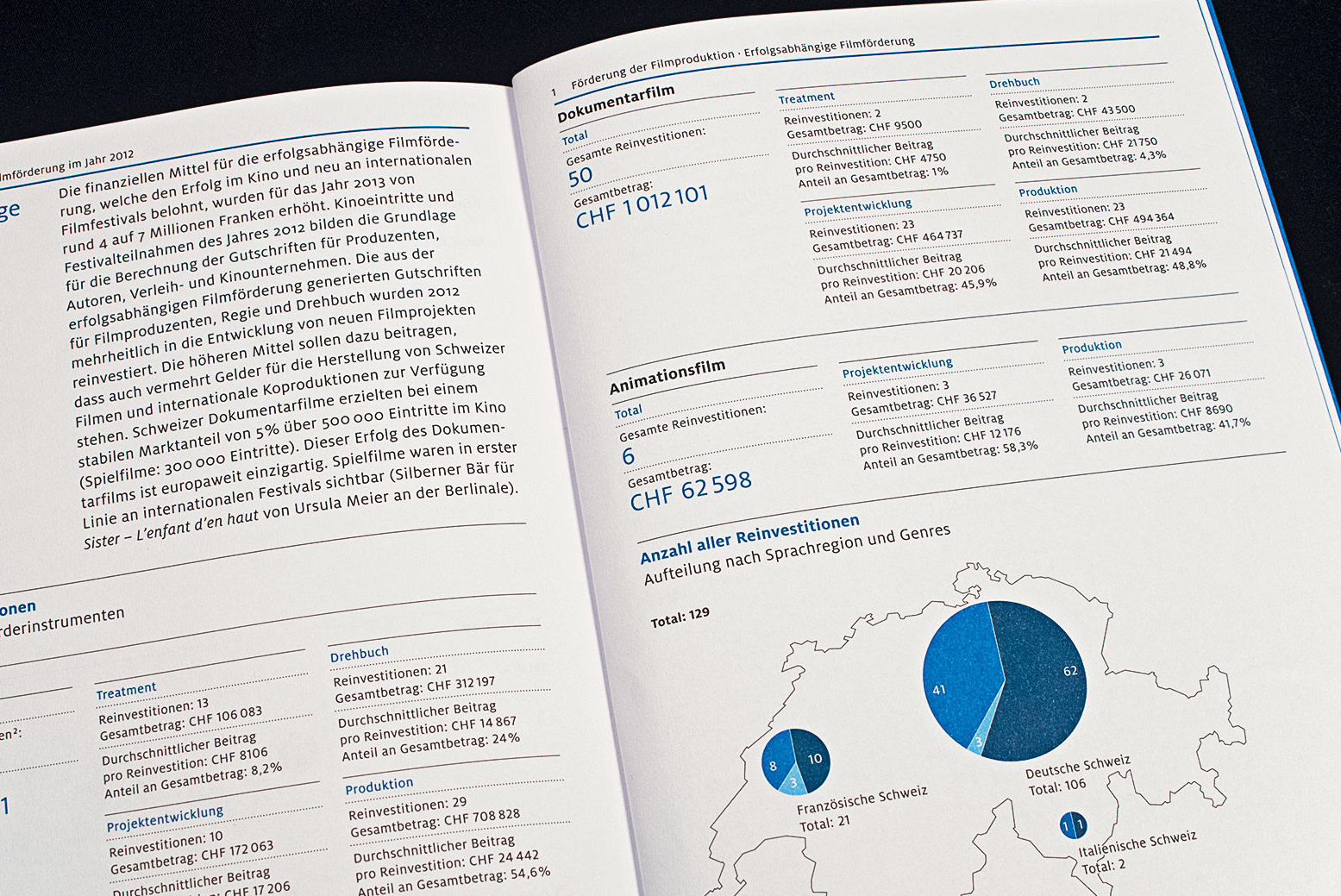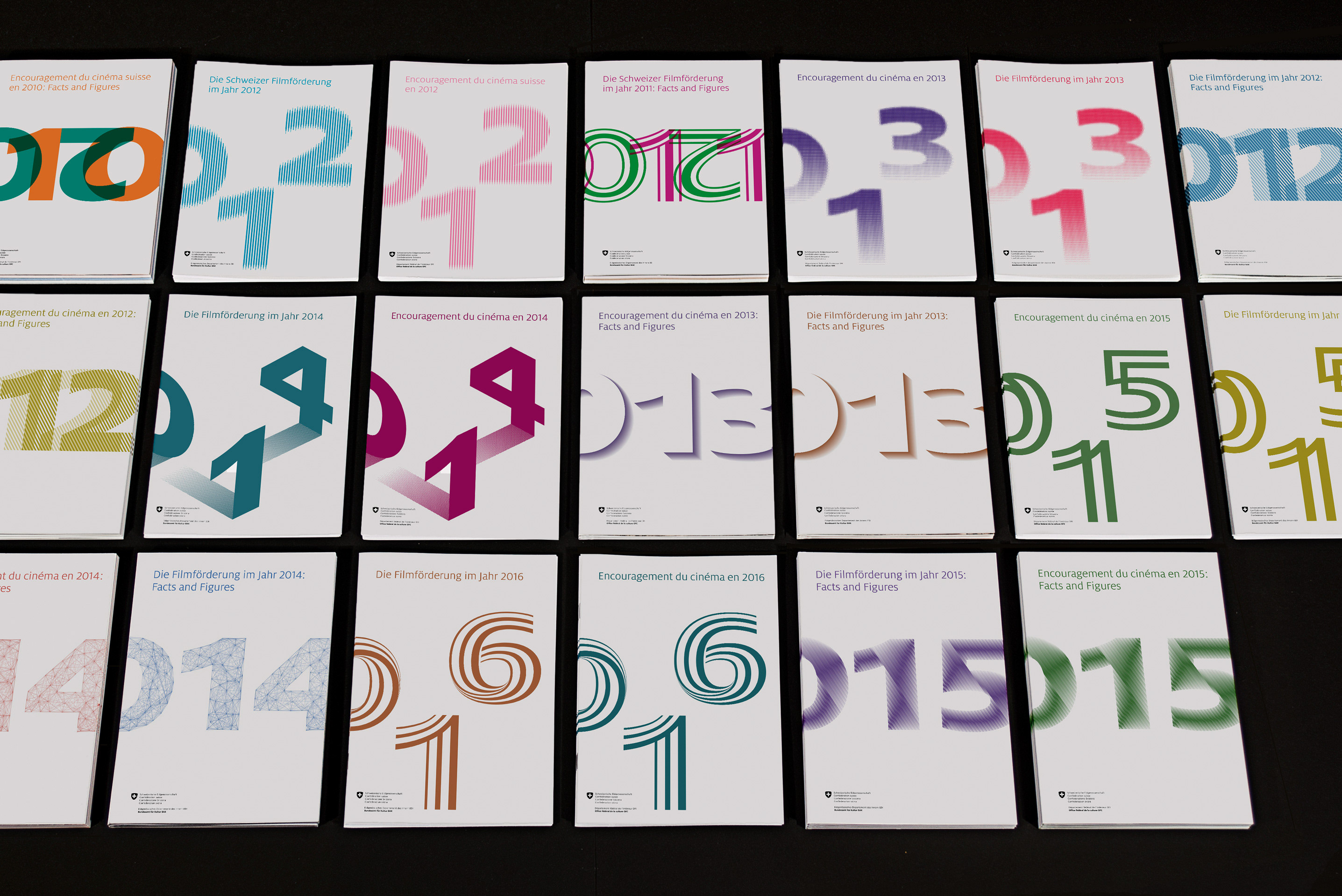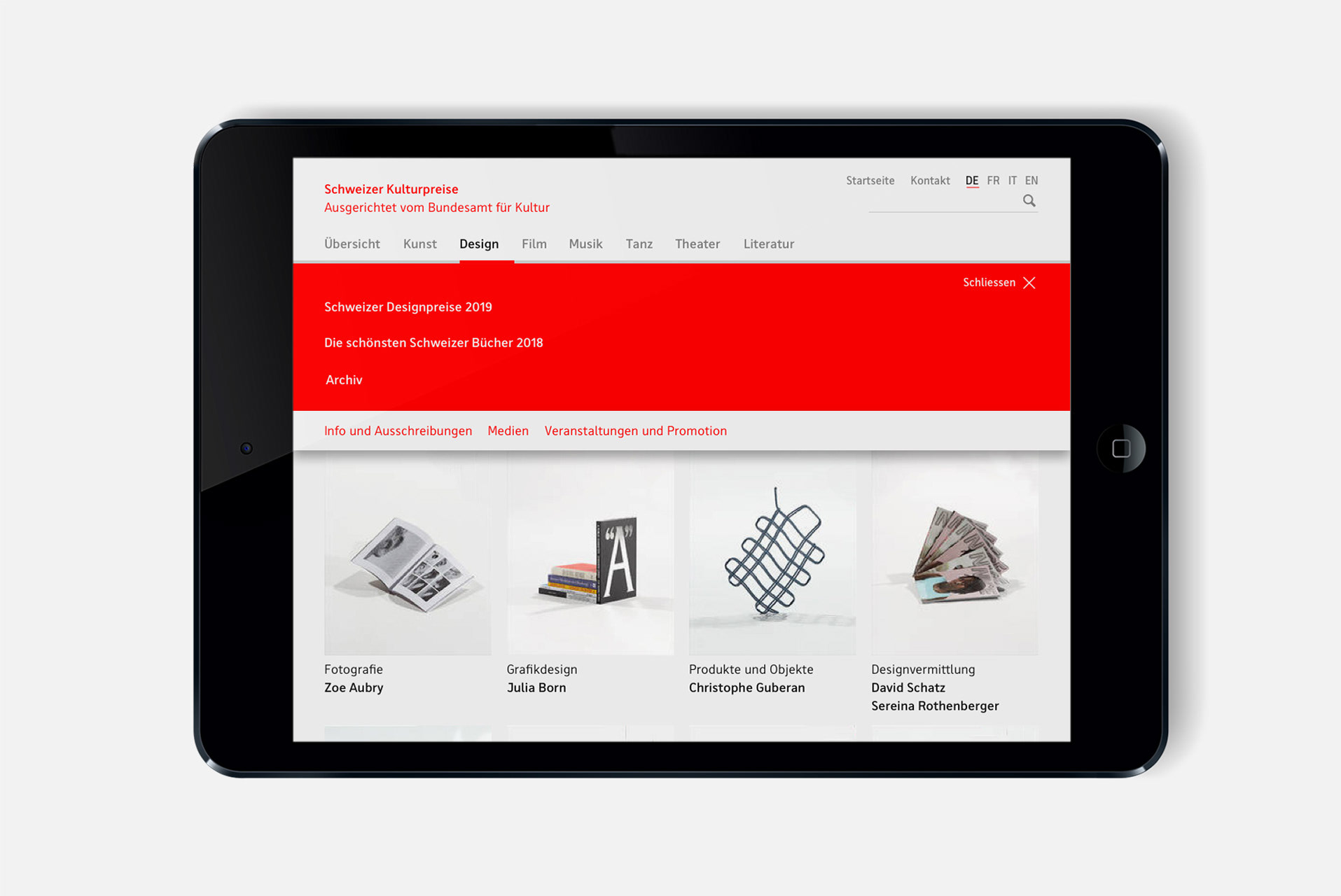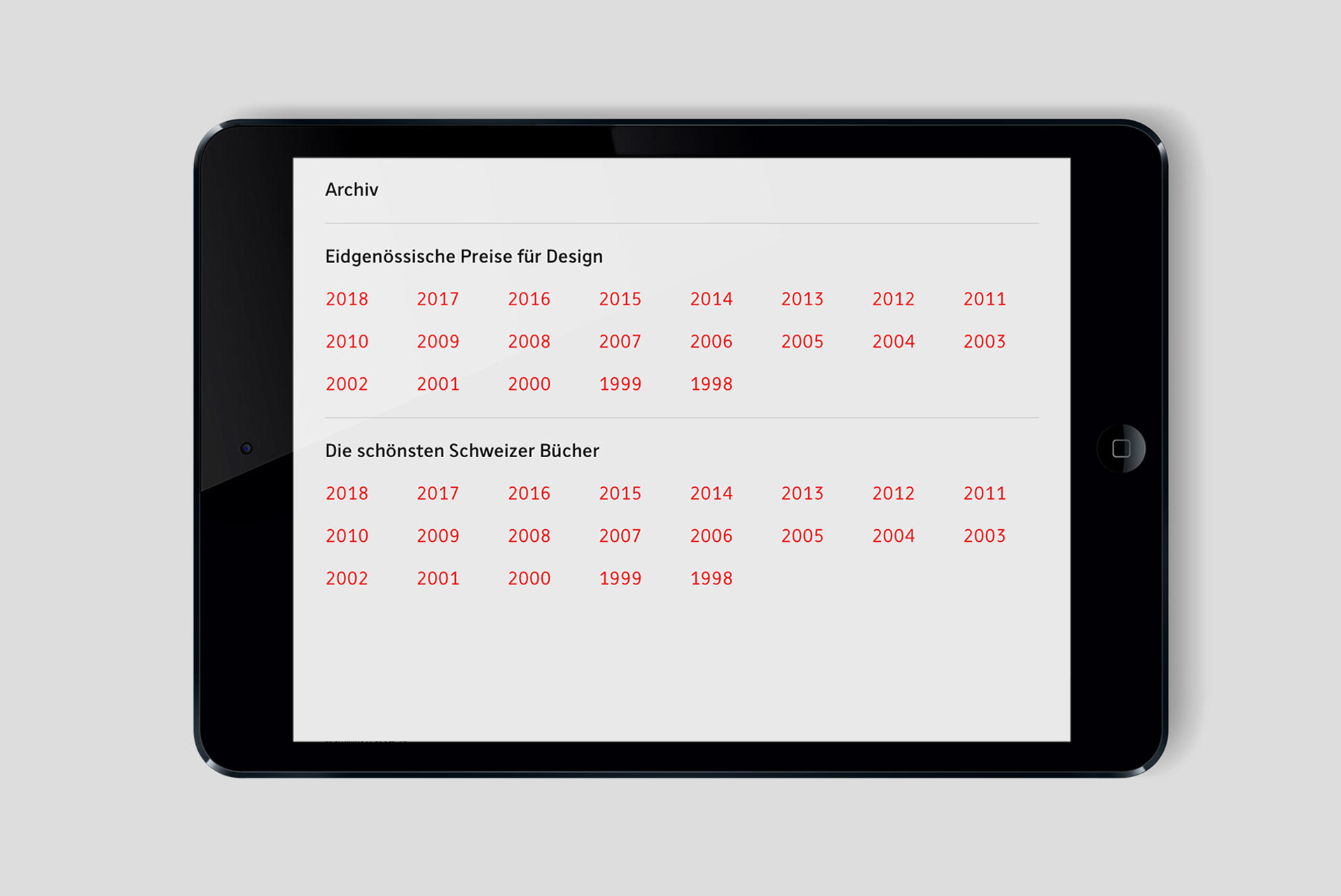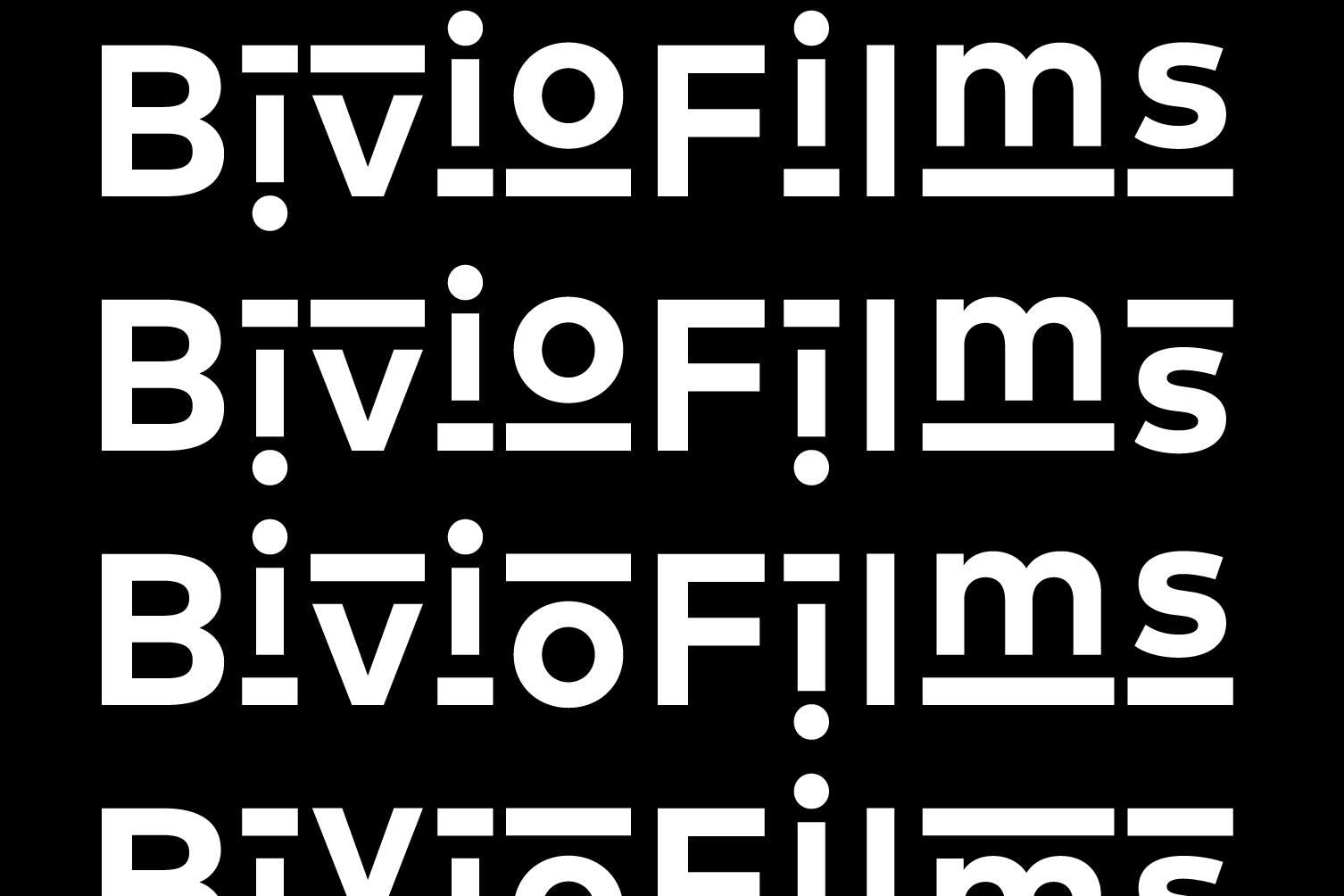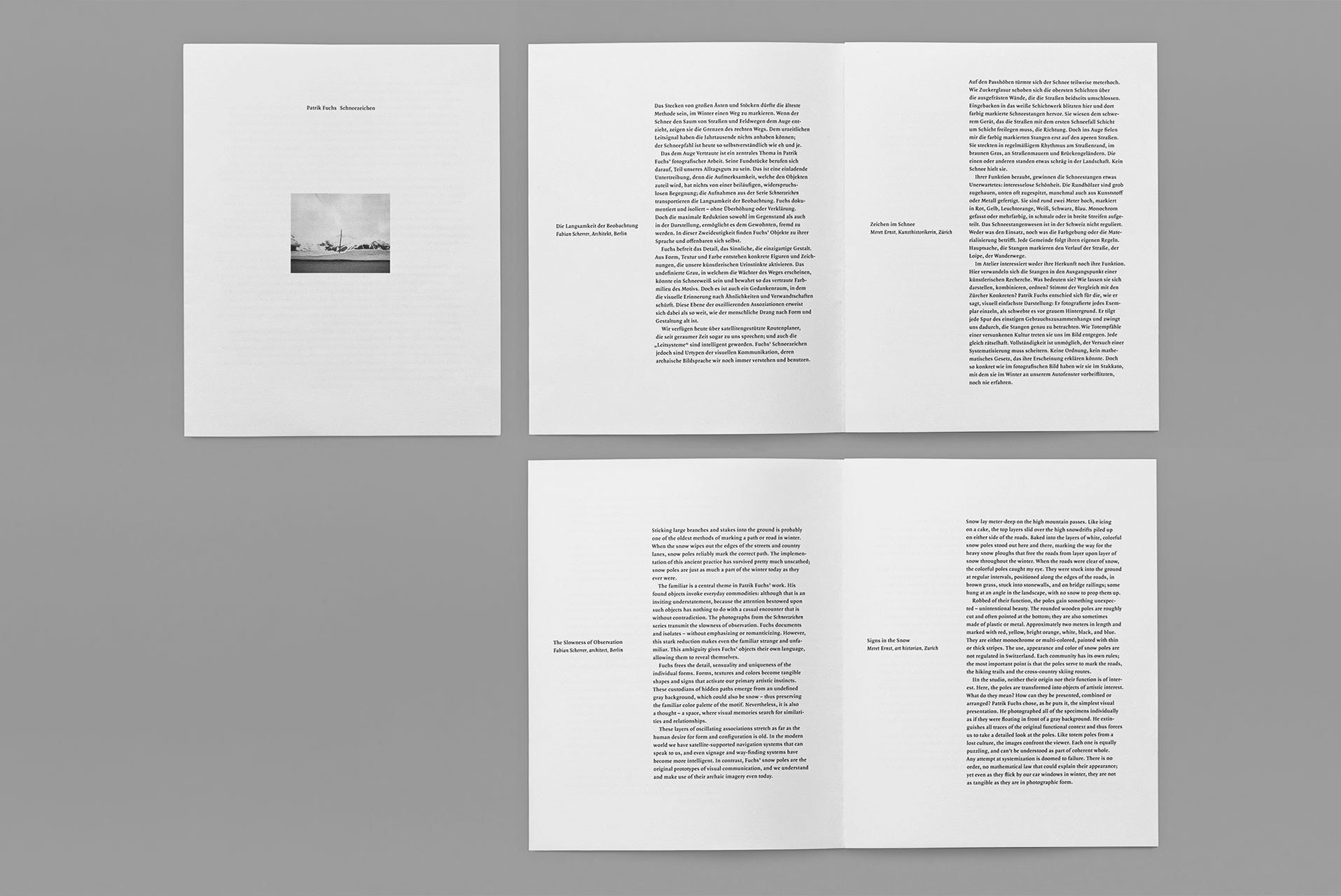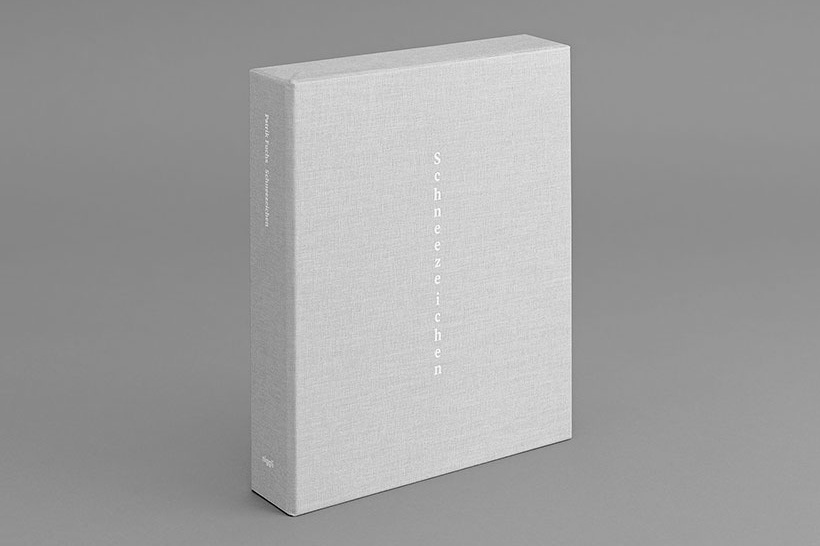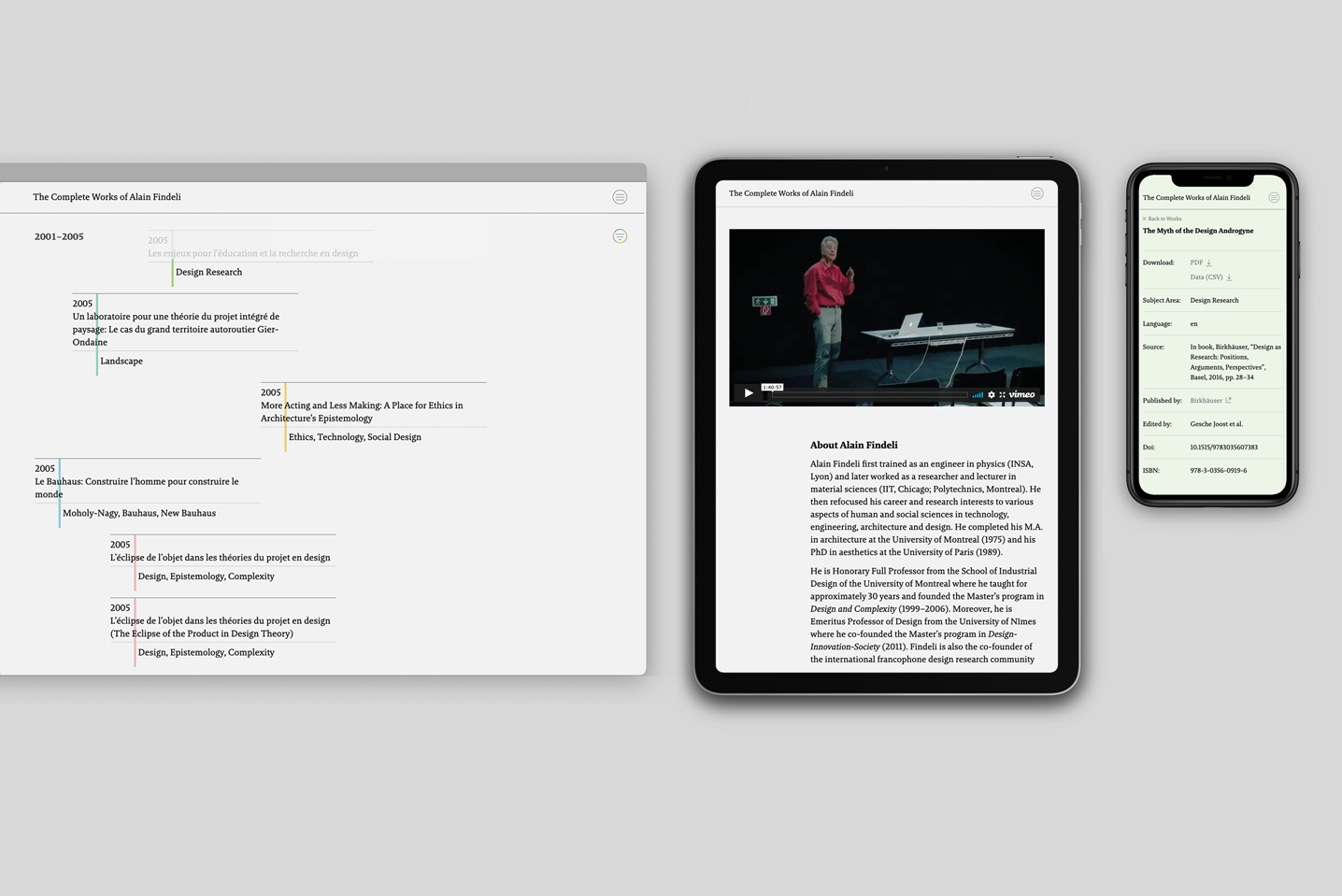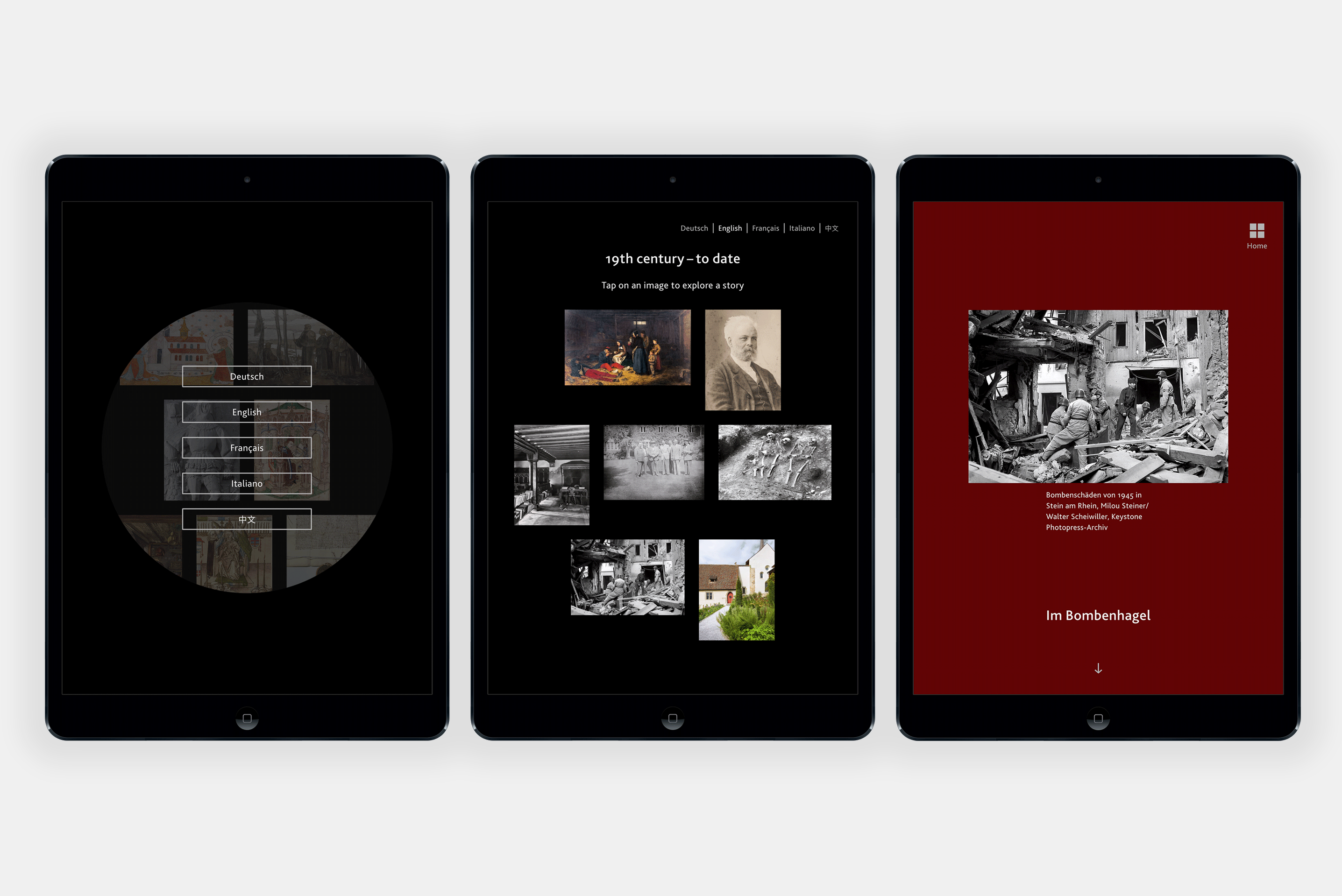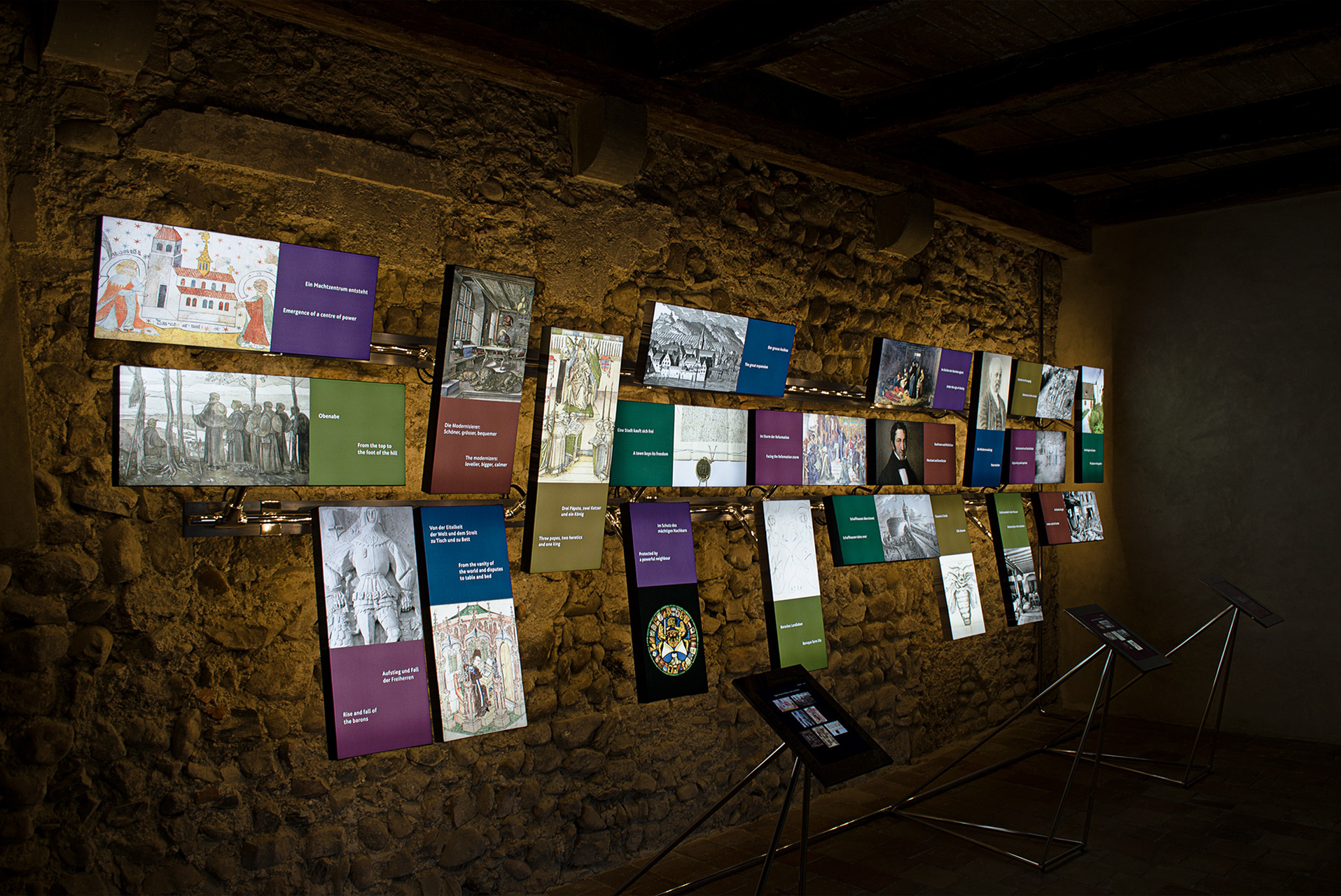In 2008 Switzerland accorded to the UNESCO Convention for the Safeguarding of Intangible Cultural Heritage. Aiming to increase the public awareness of the diversity of Switzerland’s traditions it was decided to design an online inventory of important, still practiced and therefore so-called living Swiss traditions.
SLT won the pitch for the design of this online inventory. A first version of the website went online in late 2012.
Almost ten years later the Swiss state changed its web framework and its content management system. I was approached to propose an adaption of the design. Until to date only minor parts of our proposal – shown here – have been implemented.
The 2012 version
At the centre of the website is a list of selected Swiss traditions, which meet the criteria as defined by the UNESCO and decided upon by an appointed committee.
The UNESCO Convention knows five categories of living traditions: 1) oral expressions, 2) performing arts, 3) social practices, 4) knowledge concerning nature, 5) traditional craftsmanship. This categorisation served as a starting point for the design: A colour was assigned to each of these categories. This colour coding gave additional structure to the content. It further added a playful element to promote the idea of ‛living’ traditions.
A redesign ten years later
Starting from the existing information architecture we proposed a more image/visual lead approach and a stronger emphasis on in-page navigation, to better reflect today’s user expectations.
The proposed design is modular, thus to increase constancy of presentation across different viewports.
Client
Swiss Federal Office of Culture
Scope of work
Information architecture
Interface design
Interface design
